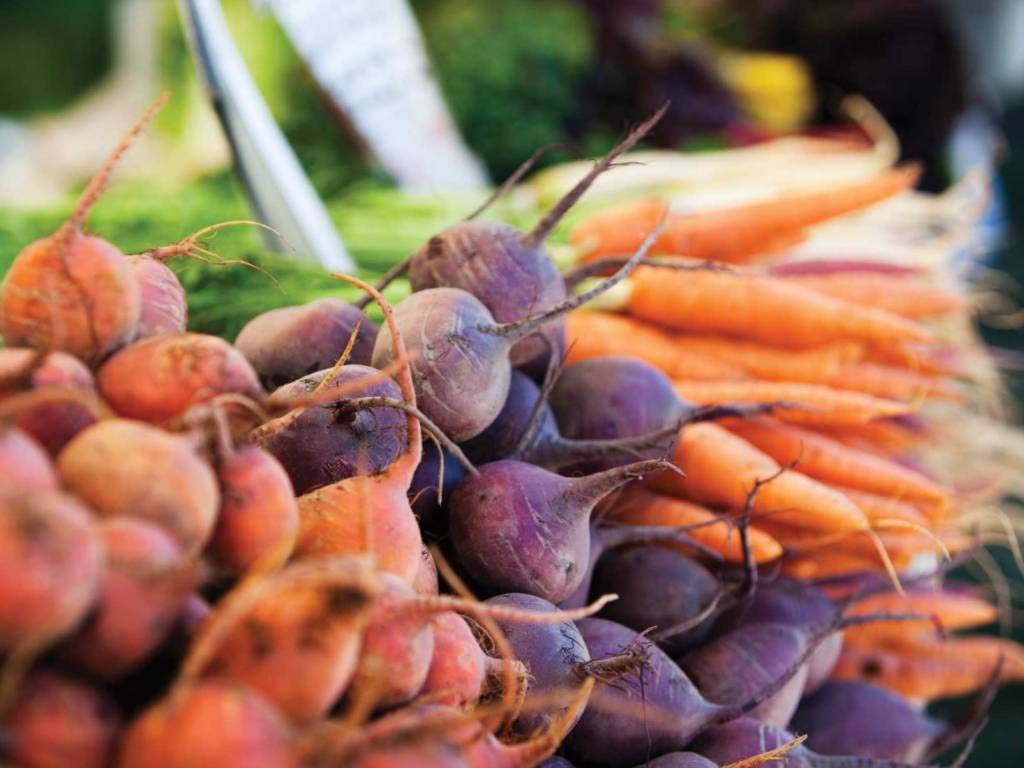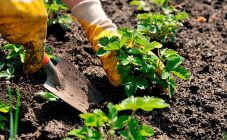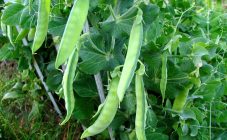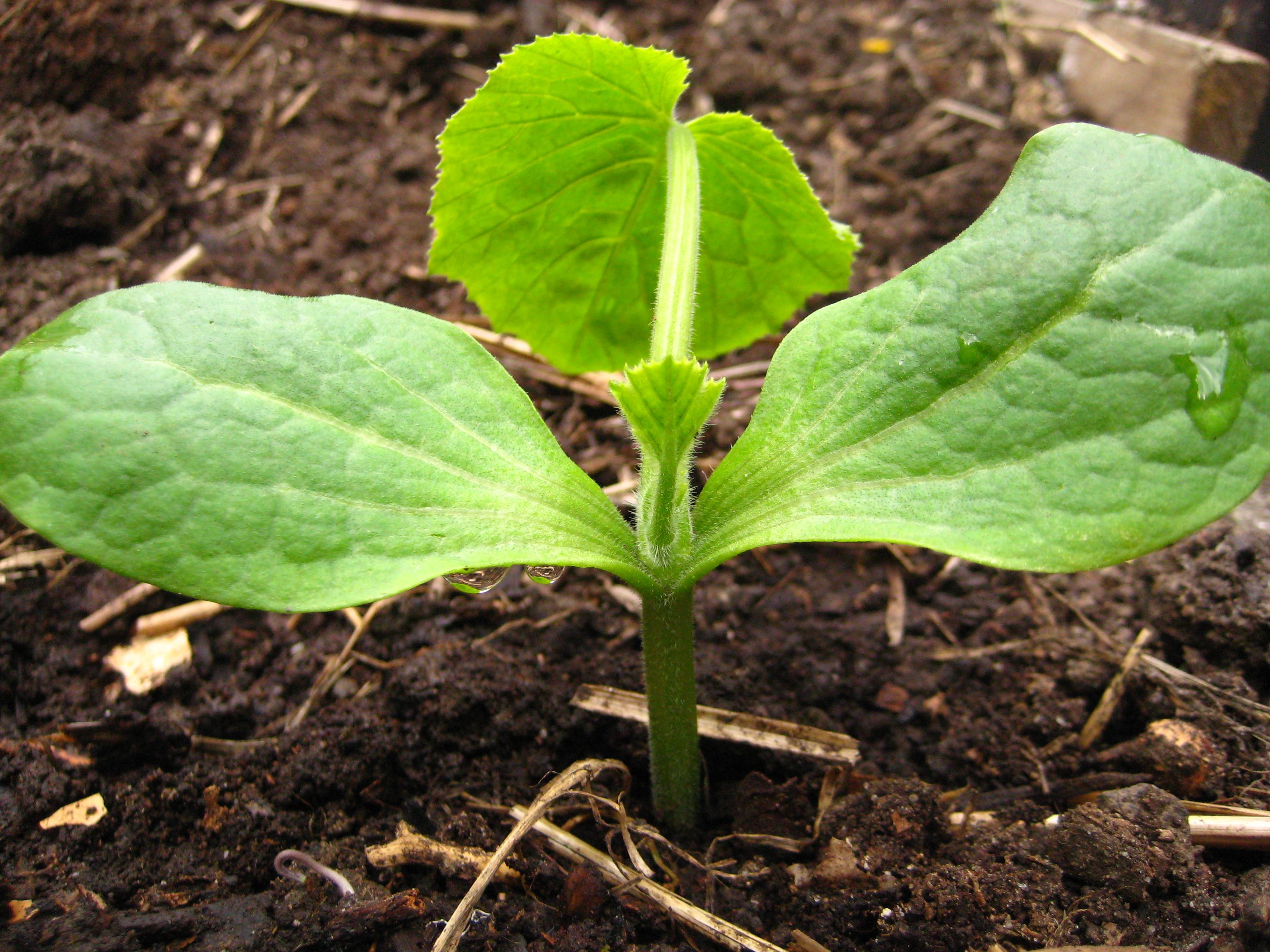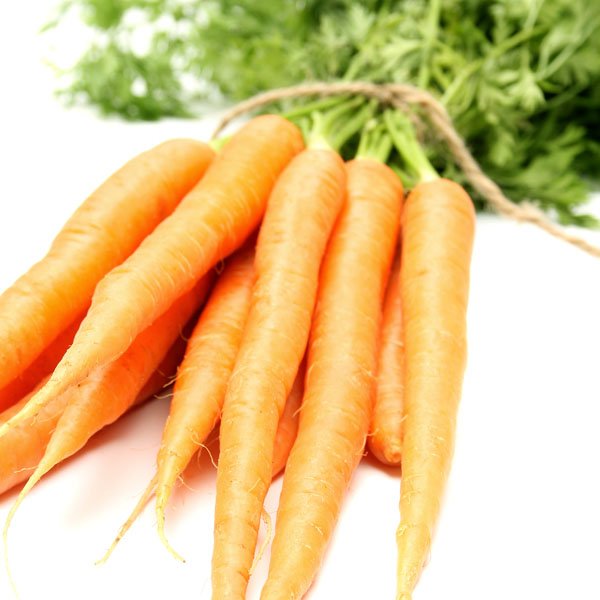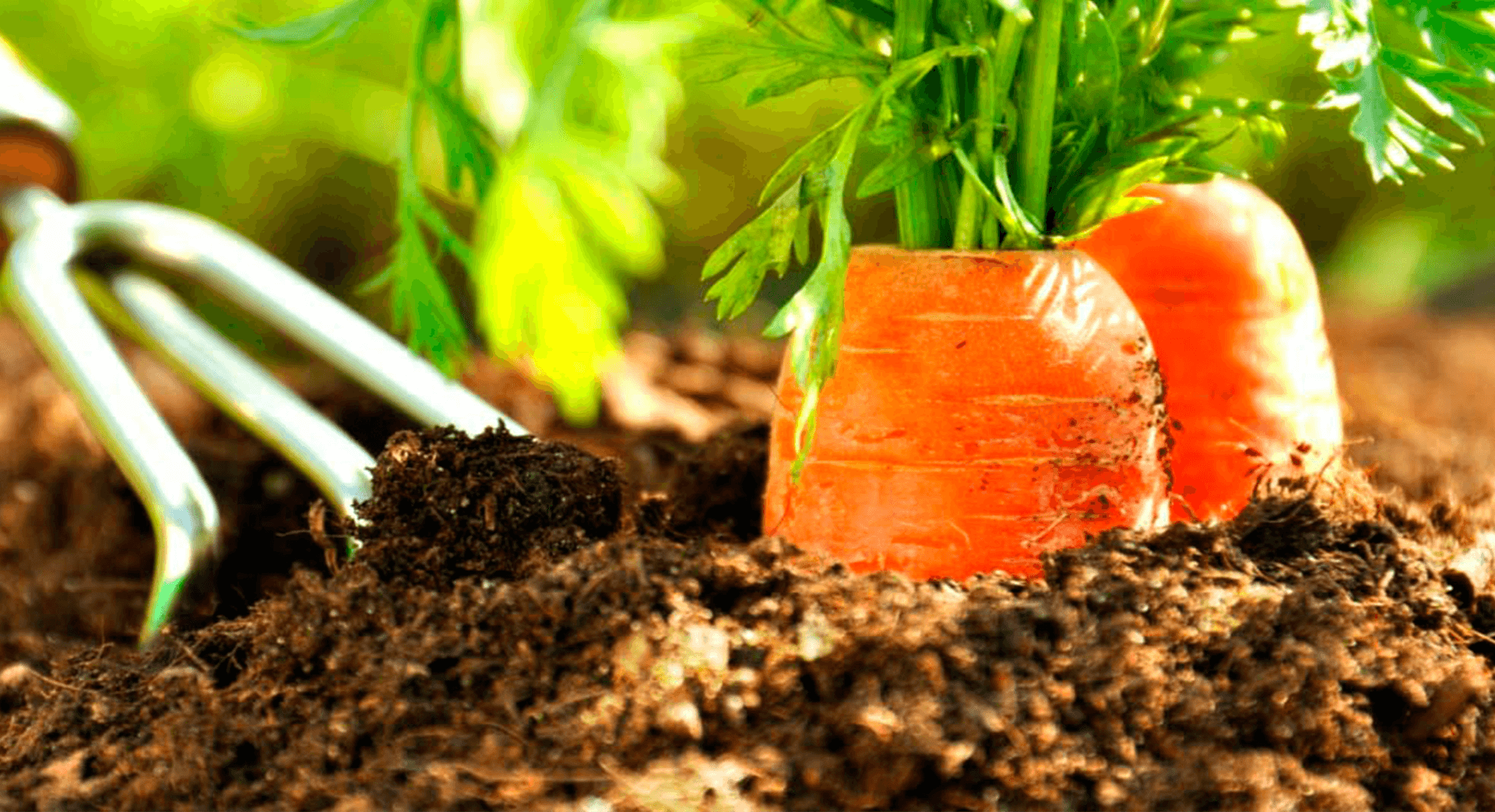Content:
Correct crop rotation is important for a good yield of carrots. Its essence lies in the fact that the plant is returned to where it already grew this season, only after three or four years. It is recommended to plant carrots after certain plants that have a positive effect on it. There are crops after which an orange vegetable cannot be planted in open ground for a number of reasons. These include diseases and pests, soil depletion. In general, related plants are susceptible to similar diseases and require the same nutrients.
The most undesirable precursor of carrots when planting is parsley, since after itself in the ground this plant leaves an environment ideal for the reproduction of various bacteria and insects, which have an extremely negative effect on the development of carrots. The harvest will be dry, thin fruits. If it is not possible to organize a carrot bed in another place, the soil is loosened well and watered with a concentrated solution of potassium permanganate in the autumn. If such processing was not carried out in the fall, then in the spring time similar actions are performed immediately before planting the root crop.
Beetroot is also considered not the best predecessor for an orange vegetable, since the root crop takes many substances necessary for the full development of the soil from the soil. Cucumber and some varieties of lettuce suffer the same disease as carrots - white rot, so planting a root crop after them is also not recommended. Fennel, dill, caraway seeds, anise, coriander belong to the same Umbrella family as carrots, and contain phytoncides that do not work very well on orange vegetables.
The garden bed with carrots should not be in that part of the garden where manure was introduced as top dressing. It badly affects its appearance and can significantly reduce the shelf life of this vegetable. It is better to plant potatoes, cucumbers, onions, cabbage on this place.
The most correct crop rotation is considered to be a five-field rotation, the duration of which is five years. With it, carrots have enough nutrients, and the earth is not depleted.
The principle of five-field crop rotation
Five different crops are planted in five beds. The next year, they move in a circle, with the second bed becoming the first, and the first moving to the last place. There is such a rearrangement every season. If we assume that a carrot grows on the first bed this year, then on the same bed it will be the next time only in five years. In addition, it must be borne in mind that there should not be legumes and onions, potatoes and cucumbers, cabbage and tomatoes, tomatoes and pumpkin in neighboring beds. Root crops in most cases alternate with plants that have a valuable ground part. Simplified, this is called the change of "roots" "tops".
Precursors of carrots
The question of after which crops can carrots be planted is rather complicated, since even the list of suitable predecessors has its own subtleties: some plants are more desirable for planting than others, based on some of their characteristics.
Table of Recommended Precursor Crops for Carrots
| Bow | Great predecessor and neighbor for carrots.It fights carrot flies due to its pungent odor and disinfecting properties. Planting onions does not drain the soil | |
|---|---|---|
| Tomatoes | After them, substances are stored in the soil that will be necessary for carrots to grow. For example, tomatoes need three times less phosphorus than carrots. | |
| Potatoes | ||
| Salad (excluding white rot tolerant varieties) | The earth after him is rested | |
| Legumes (everything except beans) | Nourish the soil, enrich it with nitrogen |
List, after which it is still allowed to sow carrots:
- Cabbage as a precursor is recommended in many information sources with reference to the fact that after it the soil is rested and fertilized;
- Radish is a vegetable with a short ripening period, which does not have time to take nutrients from the soil, so an orange root vegetable can be planted in its place;
- Melons and gourds (pumpkins, zucchini, watermelons);
- Some varieties of pepper can ruin the taste of carrots, but in general they have a good effect on its development;
- Garlic disinfects the soil;
- Cereals.
What to plant after carrots
What to plant after carrots next year? The list of vegetables desirable for planting looks like this:
- potatoes;
- tomatoes;
- bow;
- peas;
- pepper.
In addition to the vegetables on the list, you can plant white cabbage and some types of salads that will help the earth to rest.
In the case of soil impoverishment due to the cultivation of carrots, a manure bed is created, which is sown with cucumbers. The soil will be able to recover in a couple of years.
If there is no way to alternate
Many gardeners who own small plots do not have the opportunity to plant crops in different places every summer season, and they do not have a question of what can be planted after carrots the next year or after which they can plant carrots. Out of despair, summer residents place plants on the same beds, not thinking that in a few years the soil will be completely depleted, and not a single crop on it will give a full harvest. There is another case when gardeners deliberately do not want to alternate crops due to the convenient and beautiful arrangement of beds with strawberries, tomatoes or some other vegetation.
In these situations, summer residents will not hurt to discover special training that will allow the land to come to a healthy state. Autumn and winter is the time during which the soil will have time to renew itself if you do the following:
- After harvesting and clearing the area from the tops, you need to sow green manure. Most often, mustard is planted, but rye, phacelia, or oats are fine too. Siderata must have time to gain green mass before the temperature drops significantly;
- Siderata are dug into the soil;
- Special preparations are used for the rapid processing of plants by soil bacteria;
- To create optimal conditions for green manure and bacteria in cold weather, the ground is covered with a film.
When spring comes, the soil will increase in nutrient content, it will be cleansed of toxins and will acquire a loose structure, which is necessary for high yields of carrots.
